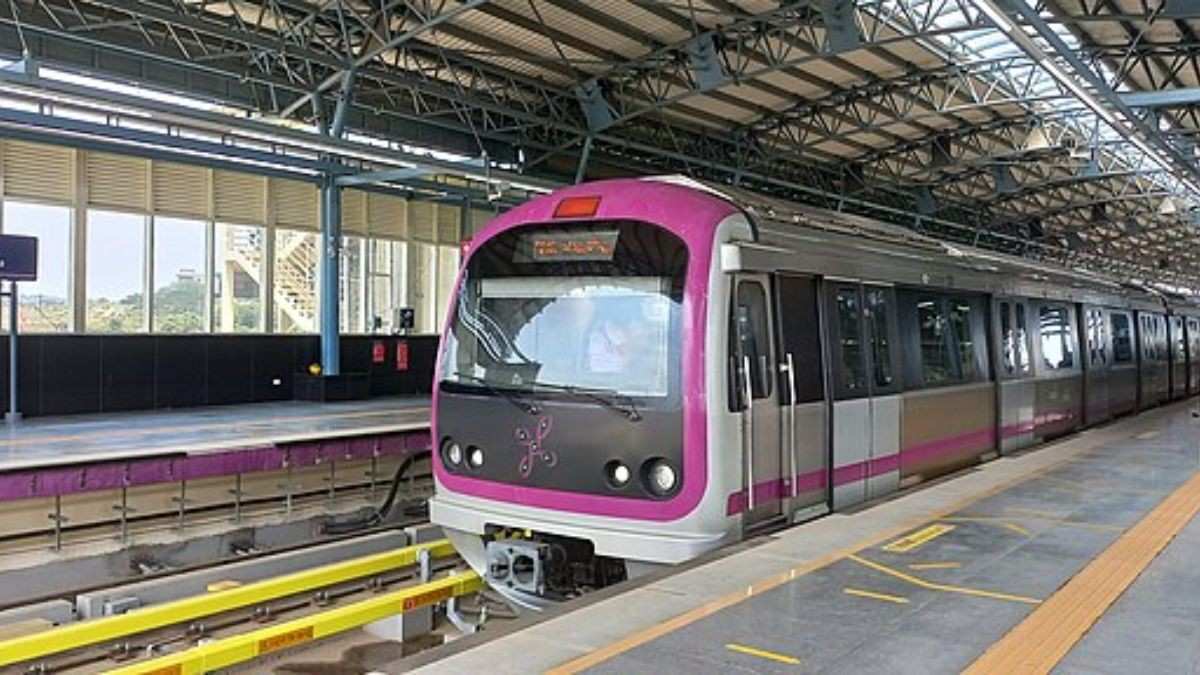Fairy circles, those mysterious circular patches that appear in the arid landscapes of Africa and Australia, have long baffled scientists. Recently, researchers have made a significant breakthrough by discovering these enigmatic formations in 250 new locations across 15 different countries. These circles have intrigued scientists for decades, leading to various theories about their origins.
But, What Exactly Are Fairy Circles?

Fairy circles are enigmatic natural phenomena characterised by the presence of strange, circular patches or rings that appear in arid and semi-arid landscapes, primarily in Africa and Australia. These circles are devoid of vegetation in their centres and are often surrounded by a ring of lush, green grass or vegetation. The barren centres can range from a few feet to over 30 feet in diameter.
Despite these theories, the exact cause of fairy circles remains a subject of ongoing research and debate. Their mysterious and visually striking appearance has led to various cultural and folkloric interpretations, including the belief that they are the work of fairies or supernatural beings, hence the name “fairy circles.”
Also Read: 10 Best Coffee Estates In India To Grab The Brew
AI Discovered New Sites Around the World

As per the reports from Reuters via News 18, in a recent study using artificial intelligence to analyse satellite images, researchers identified 263 sites resembling fairy circles. Emilio Guirado, a co-author from the University of Alicante (UA), emphasised the importance of understanding their ecological impact and the environmental factors driving their distribution.
A prior study led by the University of Pretoria and ITMO University proposed that fairy circles result from dead Euphorbia species sap, particularly the toxic Euphorbia species known as milk bushes. Professor Marion Meyer initiated this research in 2015, investigating its effects on soil chemistry, water hydraulics, germination, and antimicrobial activity on rhizosphere bacteria in fairy circle areas.
Also Read: London’s Tower Bridge Stuck For 30 Mins After Opening For Boats To Pass; Causes Chaos & Traffic
As per the reports from Reuters via News 18, the study suggests that sandy soils in Namibia, known for their limited water-holding capacity, create a hydraulically connected landscape. In such an environment, Euphorbia plants face competition for water and nutrients, resulting in the release of water-repelling sap when they die. This sap impedes the growth of other grassy plants, leaving behind barren and featureless circular patches known as fairy circles.
While this research sheds light on the origin of fairy circles, these captivating natural phenomena continue to mystify and captivate scientists and nature enthusiasts alike.
Cover Image Courtesy: Canva
First Published: September 29, 2023 6:22 PM



